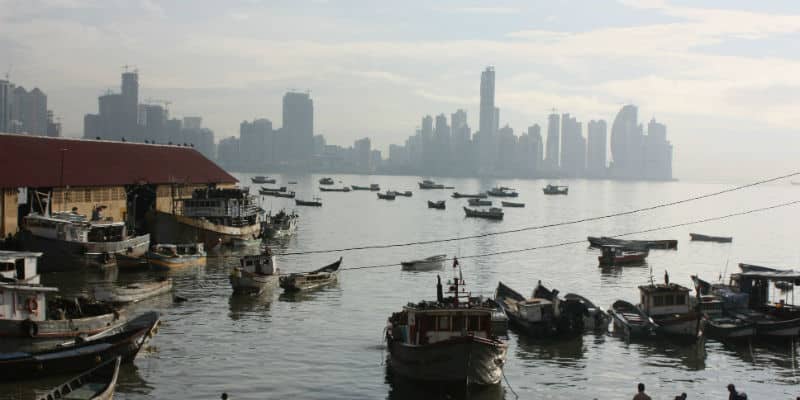In a recent piece for the Wall Street Journal, famed American historian Jared Diamond writes that, “Covid-19 may thus increase inequality within and between countries.”
Diamond is right. In the United States, for instance, we are already seeing the virus disproportionately affect communities of color, creating a series of setbacks that exacerbates poverty and related inequalities. However, Diamond’s implied solution misses the mark: “A challenge for the future will be to ensure that face masks, vaccines, treatments and ventilators become available to everyone in the world. If they don’t become available, we shall all remain vulnerable.” Unfortunately, he’s fallen into the trap of framing this challenge primarily as a resource problem.
Although making resources available to everyone may indeed help vulnerable communities and ultimately slow the spread of the pandemic, framing the challenge as a lack of resources is unlikely to yield lasting results that make meaningful progress towards reducing inequality. In fact, the same framing underpins how much of the global community tries to solve poverty. Sadly, it doesn’t work.
Transferring resources rarely builds local capabilities
In President Harry Truman’s 1949 presidential inaugural address, popularly referred to as the Four Points speech, he introduced the concept of international development as we know it today. Truman asked Americans to “embark on a bold new program for making the benefits of our scientific advances and industrial progress available for the improvement and growth of underdeveloped areas.” This speech, unbeknownst to the president, gave rise to the first global United States Foreign Aid Program. It also led to what eventually became the United States Agency for International Development (USAID).
More important than the speech’s creation of the new programs was how the president framed the problem of the “undeveloped areas” as a lack of technical and material resources. The proposed solution then, was a transfer of resources from the United States and other developed countries to the undeveloped world. Although President Truman admittedly noted that “the material resources which we can afford to use for assistance of other people is limited,” he also stated that “our imponderable resources in technical knowledge are constantly growing and are inexhaustible.” In other words, if we transfer our technical resources to them, they will prosper just as we have prospered.
This approach has created a global development industry where foreign aid organizations in wealthy countries spend more than $140 billion in official development assistance every year (this sum doesn’t include resources from private foundations and organizations). Yet, with the exception of a few countries such as China, India, and Vietnam, recent progress on poverty has been slow. That’s because exclusively transferring resources creates dependency and deprives communities of the opportunity to develop their own capabilities. It’s also inherently unsustainable—as soon as money for a particular initiative dries out, communities are often left no better than they were before the initiative.
On its own providing resources to those who are poor isn’t bad. Most prosperous nations, from Germany and France to South Korea and Taiwan, received resources on their journey to prosperity. But resources only create lasting progress when communities have the time, expertise, and systems in place to absorb them—in other words, resources must be provided in a context that aligns with the local capabilities of a region. In Taiwan for instance, Li Kuo-ting, Secretary General of the Council for U.S. Aid from 1958 to 1963, determined when to accept aid based on Taiwan’s technological and managerial capabilities at the time, and not on the size of the project or the potential financial impact to Taiwan. This strategy enabled the country to slowly build up its own capabilities until it no longer needed outside support.
Framing the challenge for our future as one where resources are available” to everyone might seem simple and innocuous, but it isn’t. Both abroad and at home, it’s likely to lead to a donor-beneficiary relationship that has the potential to cause vulnerable communities to become more dependent on the wealthy, especially as it relates to resolving the pandemic. Instead, the global community should focus on developing local capabilities so those with less are able to solve their own problems and no longer have to rely on the generosity of those with more. Until then, providing resources will only serve to treat the symptom of a much deeper problem.
For more, see:
How to ensure inequality isn’t a lasting consequence of the pandemic



